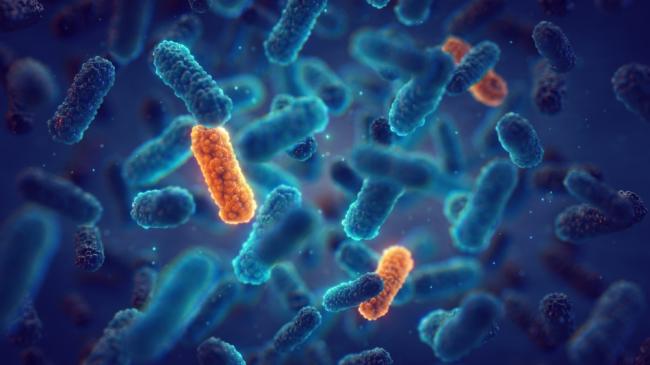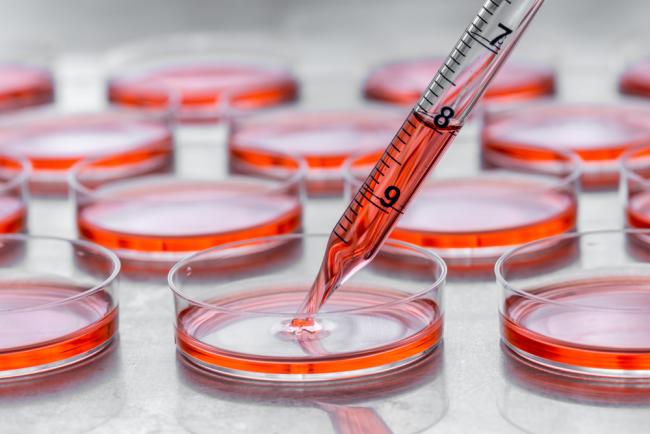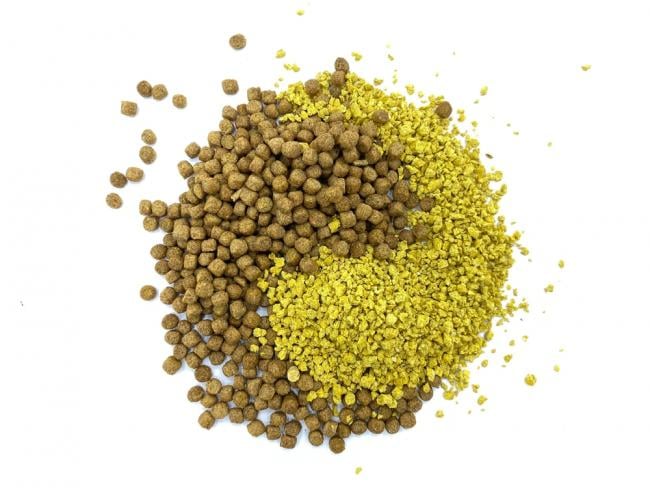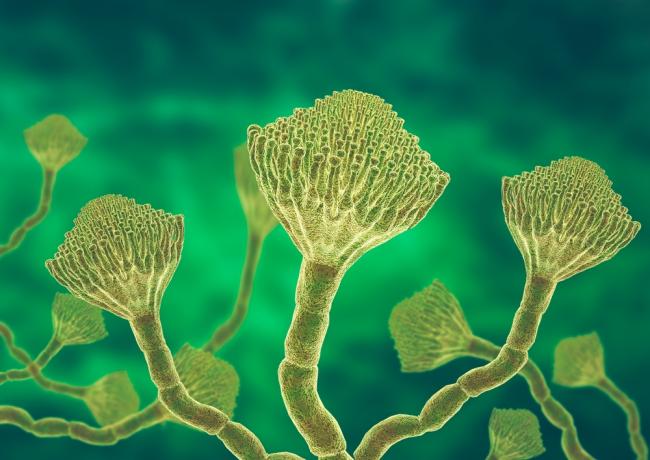Mycotoxins are secondary metabolites produced by filamentous microfungi (molds) that are capable of causing disease and death in humans and other animals. These fungi are referred to as “toxigenic” fungi. Because of their pharmacological activity, some mycotoxins or mycotoxin derivatives are used as antibiotics, growth promotants, and other kinds of drugs; still others have been implicated as chemical warfare agents, called “mycotoxicoses”. Many mycotoxins display overlapping toxicities to invertebrates, plants, and microorganisms. Mycotoxins are not only difficult to define, they are also challenging to classify, which is done according to their chemical structures, their biosynthetic origins, their myriad biological effects, or the fungal species source of production.
Mycotoxins can grow on agricultural produce in the field and during storage. The occurrence of these toxins on grains, seeds, and complete animal food is influenced by various environmental factors, such as temperature, humidity, and rainfall during growing, harvesting, and storage. When fungal growth occurs, mycotoxins are produced in this produce; some of which is used in animal food. The mycotoxins will then remain in the food throughout every phase of food production. Mycotoxins are difficult to eliminate because they are not destroyed by most of the processes used in animal food production. When consumed by animals or humans, the results can be detrimental, resulting in illness or even death.
The toxicity effects of mycotoxins could be acute, chronic, or both, the most toxic being aflatoxins – B1, B2, G1 and G2 being of critical concern. A low-level exposure to aflatoxin in the long term has been associated with various liver diseases such as cancer, jaundice, cirrhosis and hepatis. Also, they are genotoxic (DNA-damaging) carcinogenic and immunosuppressants. Ochratoxin A is another type of mycotoxin that is teratogenic (reproductive), immunosuppressant, and had been proved to have connection with kidney diseases. Other toxigenic fungi are associated with protein synthesis inhibitors, genotoxic, and immune dysfunction.
To prevent mycotoxins from becoming an animal health hazard, animal food manufacturers are required to conduct a hazard analysis that identifies potential threats within the manufacturing process and to provide evidence of consistent monitoring and preventive controls for mycotoxins in animal food.
Fermentek is a global leader in the production of high standard reference material for mycotoxins for food safety analysis and R&D. The company offers more than 50 types of mycotoxins manufactured from different microorganisms. These products are formulated into highly pure powdered form or standard solutions characterized by their melting points, TLC and HPLC. Although they are mainly used in food safety analysis research, they can also be used as diagnostic material against kidney, liver, immune system, and DNA related diseases.





